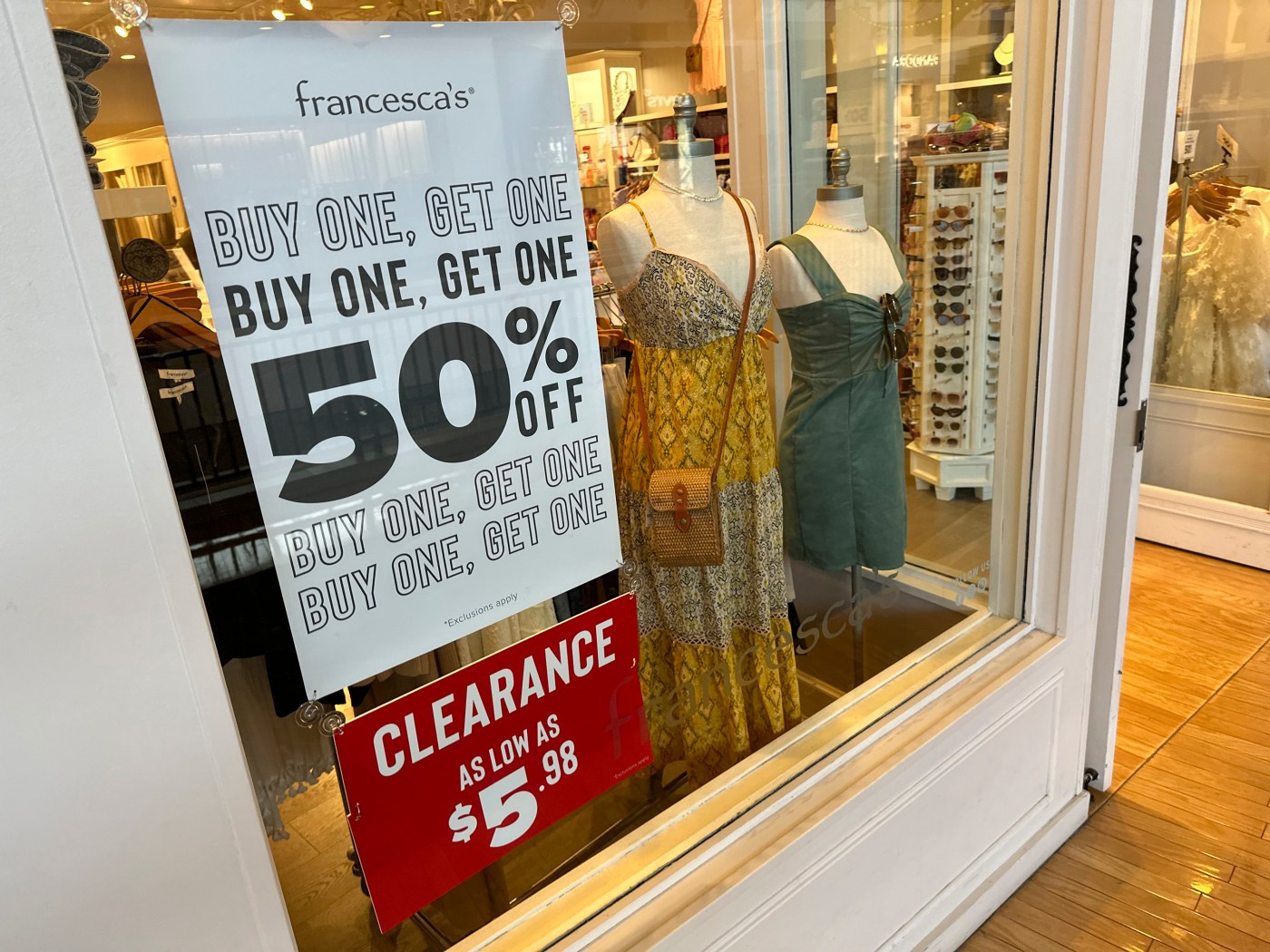
US inflation eased last month in the first slowdown of 2024
A measure of underlying U.S. inflation cooled in April for the first time in six months, a small step in the right direction for Federal Reserve officials looking to start cutting interest rates this year.
The so-called core consumer price index — which excludes food and energy costs — climbed 0.3% from March, snapping a streak of three above-forecast readings which spurred concern that inflation was becoming entrenched. The year-over-year measure cooled to the slowest pace in three years, Bureau of Labor Statistics figures showed.
The Fed is trying to rein in price pressures by weakening demand across the economy. Another report out Wednesday showed retail sales stagnated in April, indicating high borrowing costs and mounting debt are encouraging greater prudence among consumers.
While the figures may offer the Fed some hope that inflation is resuming its downward trend, officials will want to see additional readings to gain the confidence they need to start thinking about cutting interest rates. Chair Jerome Powell said Tuesday the central bank will “need to be patient and let restrictive policy do its work,” and some policymakers don’t expect to cut rates at all this year.
“It does open the door to a potential rate cut later in the year,” said Kathy Jones, Charles Schwab’s chief fixed-income strategist. “It will take a few more readings indicating that inflation is coming down for the Fed to act.”
A separate report on retail sales, also released Wednesday, showed that Americans’ spending at stores and restaurants was unchanged in April after a healthy gain in March. A more restrained consumer could reassure the Fed that inflation will keep cooling.
Wednesday’s inflation data “keeps alive the prospect of the Fed cutting rates in September,” said Kathy Bostjancic, chief economist at Nationwide Financial. “The weak retail sales data also lends support to that.”
Treasury yields fell, the S&P 500 opened higher and the dollar weakened. Traders boosted the odds of a September rate cut to about 60%.
Core CPI over the past three months increased an annualized 4.1%, the smallest since the start of the year.
Economists see the core gauge as a better indicator of underlying inflation than the overall CPI. That measure climbed 0.3% from the prior month and 3.4% from a year ago. Shelter and gasoline accounted for over 70% of the increase, the BLS said in the report.
Additionally, the advance in the CPI was driven once again by services like car insurance and medical care. Apparel prices rose by the most since June 2020.
Shelter prices, which is the largest category within services, climbed 0.4% for a third month.
Among individual items in April, grocery prices slipped, providing a break to shoppers. Egg prices, which have been volatile after a bout of avian flu, fell 7.3%. New and used car prices also dropped.
Inflation had been unexpectedly high in the first three months of this year after having steadily dropped in the second half of 2023. The elevated readings had dimmed hopes that the worst bout of inflation in four decades was being tamed and raised concerns that prices could spike again.


